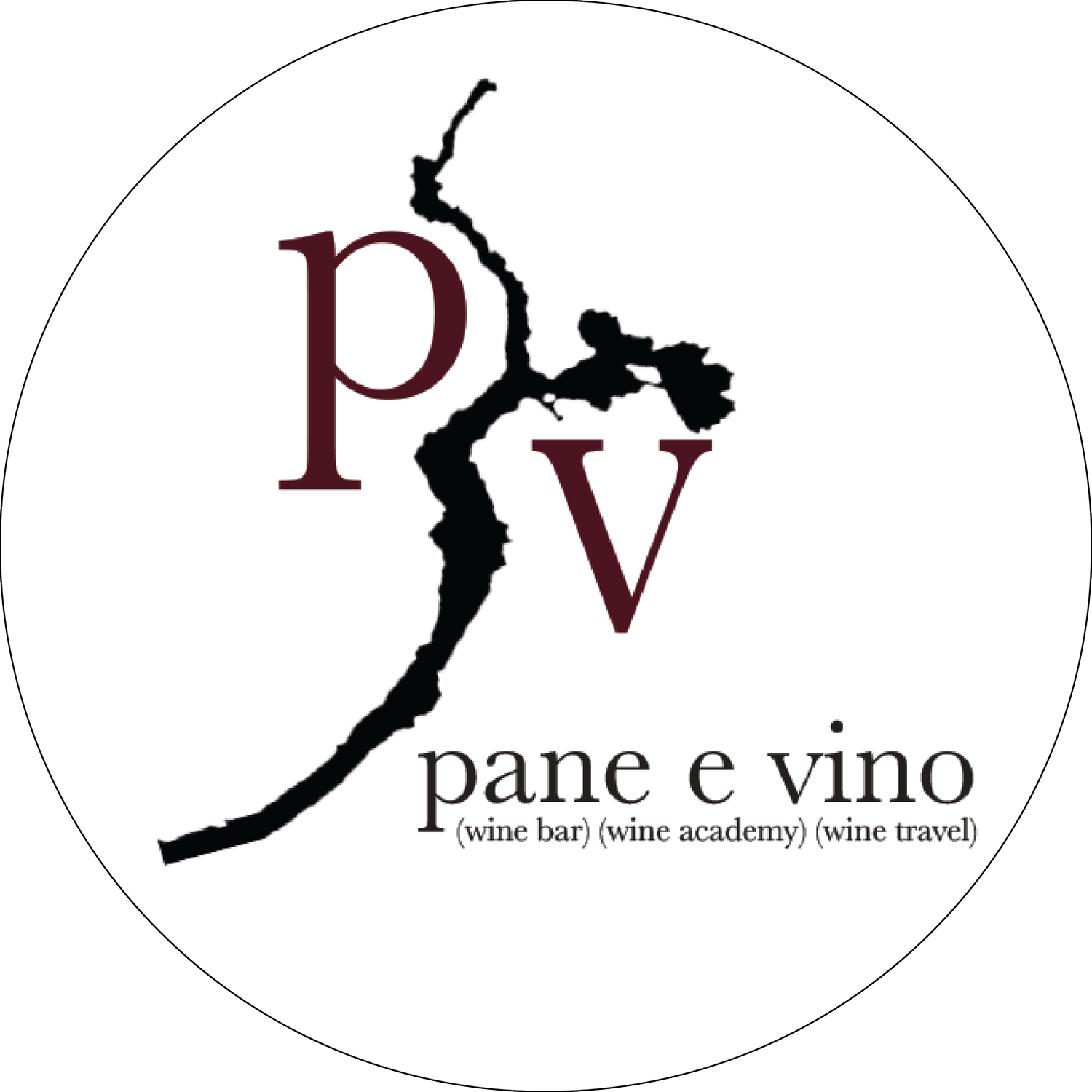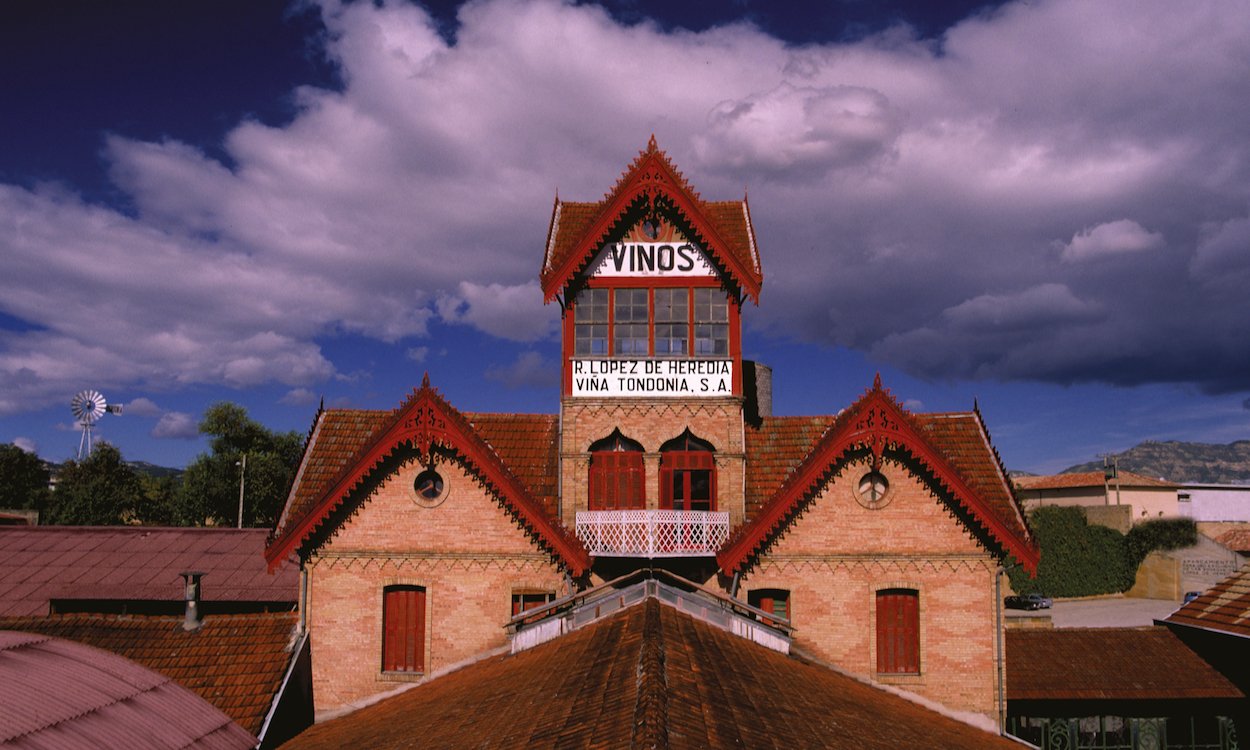January Wine Club
Wine Club, January 2023
Lopez de Heredia, Viña Cubillo, 2014
Caparzo, Brunello di Montalcino 2017
Chateau Musar, Rouge 2016
WINES
2014 Lopez de Heredia, Viña Cubillo, Crianza, La Rioja, Spain
2017 Caparzo, Brunello di Montalcino, Tuscany
2016 Chateau Musar, Rouge, Bekaa Valley, Lebanon
LOPEZ DE HEREDIA
2014 Viña Cubillo, Crianza, La Rioja, Spain
Tempranillo (65%) – Garnacho (25%) – Graciano/Mazuelo (10%)
It is not an exaggeration to say that Lopez de Heredia is among the most important and historic wine producers not only in Spain, but in the entire world. They have been the model for traditional Rioja wines for over 140 years, producing some of the most historic, age worthy, and magical wines on the planet. Founded in 1877 by Don Rafael de Heredia, the estate is now run by his great granddaughters Maria-José (who is also the winemaker) and Mercedes, and has always been family owned and operated. So many things about this producer are truly unique:
They only estate fruit for their wines (most producers in La Rioja purchase fruit from growers or lease land for their grapes).
All of their wines are single vineyard ‘crus’, not blends from different parts of the region.
Aging protocols go far beyond the standards for Spanish DO laws.
All of their wines, including the whites, are fermented in LARGE oak vats as old as 130 years which are continually maintained and repaired by the estates own coopers.
They age all of their wines exclusively in American oak, and for extended periods of time. All of the oak barrels are built in the estates own cooperage which produces some 30,000 new barrels each year!
While the two white wines, Tondonia and Gravonia, are among the rarest and most transcendent whites on the planet, their three red wines represent the model for traditional Rioja winemaking. These three wines, Viña Tondonia, Viña Bosconia, and Viña Cubillo, offer a deep look into the role of time in winemaking and wine enjoyment. In La Rioja, red wines are generally aged to result in one of three designations: Crianza, Reserva, and Gran Reserva. These indications are a guide to how the wines were aged, and typically explain not only pricing, but quality and longevity. The aging standards for the La Rioja DO are:
Crianza: Minimum 1 year in oak / 2 years total aging
Reserva: Minimum 1 year in oak / Minimum 6 months in bottle / 3 years total aging (typically 2 years in oak and 1 in bottle)
Gran Reserva: Minimum 2 years in oak / minimum 2 years in bottle / 5 years total aging (typically 3 years in oak and 2 in bottle)
Lopez de Heredia ages ALL of their red wines to nearly a Gran Reserva level, but the only wine they put the ‘Gran Reserva’ label on is the Viña Tondonia, and they have only done so 20 times in 140 years! This kind of quality control and desire for a recognition of the truly great vintages makes them incredibly unique in the entire wine world. The Viña Tondonia will regularly spend 5 years aging in wood before spending more time in bottle at the estate prior to release.
In the case of this month’s wine, the Viña Cubillo, we are enjoying a remarkable wine that, while labeled a ‘crianza’, ages for 2 years in oak barrels and 2 more in bottle at the estate, making it almost eligible for Gran Reserva status. That said, this 2014 vintage is the CURRENT RELEASE from the estate. The use of old, neutral barrels for this extended period of time helps to produce an amazing earthiness in the wine, combined with beautiful acid and riper fruit components than in the Bosconia or Tondonia. Their are amazing elements of tobacco, dried citrus, and lovely hints of coconut and dill from the oak. This is a wine that can be sipped on alone or enjoyed with any kind of meat from pork to smoked meats or grilled steaks. Some Manchego, olives, jamon, and a cigar wouldn’t be bad either!
Serve just above cellar temperature 58º-62ºF
Drink: will drink beautifully right now but will continue to age. Open this one up soon and come back for more!
Food pairings: see above
CAPARZO
2017 Brunello di Montalcino, Tuscany, Italy
Sangiovese Grosso (100%)
Brunello di Montalcino is to Tuscany what Barolo is to Piemonte. In great vintages, Brunello can be one of the world’s most dynamic and age-worthy wines living easily 50 years and beyond. It is also remarkably diverse in style and in variation from vintage to vintage as it is so receptive to different soils, elevations, aspects, and weather. That said, it is, in my opinion, among the most consistent wines/regions for high quality year-in, year-out provided you select wines from the esteemed and historic producers of the region. I am never disappointed in a Brunello, and more often than not, I am enthralled.
Montalcino is a small hill town in Tuscany, about 40 minutes south of Siena. The hills that surround this tiny hamlet hold some 250 wineries in an area of about 90 square miles, of which only 15% is planted to vines. The city of Topeka is just over 60 square miles for a frame of reference. The places where vines grow best are thick with them, rolling up and down slopes facing every direction, all protected in the south by Monte Amiata, a large extinct volcano on which locals can ski in the winter! The soils in Montalcino are extremely varied because they were formed over a number geological ages. The bottoms parts of the hills and valleys tend be loose and sandy, while as you climb, you encounter dense stony bits from decomposed marl (clay) and limestone. These higher parts reach elevations as high 650m, while the lower vineyards are at 120m. This range produces wide swings in ripeness and acidity as the combination of heat and wind can change the constitution of a grape significantly. All of that simply means that, as with most real estate, location matters a great deal. While their is not one ‘best’ site for Brunello, each corner of the region tends to produce a certain style, from the more powerful high elevation wines near Sant’Antimo in the south of the region to the more floral and earthy profile of wines on the north side of the town of Montalcino itself. Many producers will actually have vineyards located in different parts of the region so that they can blend them together and create a wine with all elements. This is what happens in the green label Brunello of Caparzo.
While Caparzo makes a few single-vineyard bottlings from around their property, their base Brunello (the green label) is a tremendous example of classic Brunello style. All Brunello di Montalcino is produced from 100% Sangiovese grapes, locally called Sangiovese Grosso from the clone created by Biondi-Santi in the 1850s. This is a slightly larger version of Sangiovese than we find in Chianti Classico and helps producer richer, more powerful wines. Sangiovese here can be quite tannic and produces higher alcohol wines than in other parts of Tuscany. The hallmark acidity of the grape is its ‘super power’ as this balances the wines and gives them the energy to have such amazing aging potential. In order to be called a Brunello, the wines must age for a minimum of 5 years, of which at least 2 years must be in barrels. Barrels can range from the traditional large Slavonian oak barrels (as big as 5000L) to small French oak barriques of just 250L. This is one of the differences in traditional vs. modern winemaking in this region (and throughout Italy in general).
Caparzo’s Brunello di Montalcino ages in a mix of these larger and smaller barrels for 2-3 years, then is bottled and rests in the cellars until its release. This is classic Brunello with a ruby color and hints of garnet, aromas of cherry and wild berries, firm tannins, bright acidity, and a persistent finish that changes as the wines sits in the glass. A delicious introductory wine to the region and a longtime personal favorite for its incredible quality and value.
Serve at 60-65ºF
Can drink now - will continue improving over the next 7-10 years and will hold for 15
Food pairings: roast meats, game, hard cheese, pasta
CHATEAU MUSAR
2016 Rouge, Bekaa Valley, Lebanon
Cabernet Sauvignon (33%) – Carignan (33%) – Cinsault (33%)
Amazing wine from Lebanon you ask???? ABSOLUTELY! Chateau Musar is absolutely legendary. Founded in 1930, Chateau Musar is among the leading estates in this incredible country, not well-known in the West for its amazing tradition of winemaking. Wine in the region dates back to Biblical times, and one of the best preserve Roman temples in the world, dedicated to Bacchus, is located in the area. Situated at an average altitude of 1000m above sea level, the Bekaa Valley is the heart of Lebanese wine country. Wines here are noted for their elegance, acidity, and freshness. A mix of Bordeaux varietals, notably Cabernet Sauvignon and Merlot, Rhône varietals such as Carignan, Cinsault, and Grenache, and ancient native grapes make up the bulk of Lebanese wine production.
Chateau Musar has been the leading wine on the export market for several decades. These wines are famous for their longevity and their value. Among my favorite wine memories include drinking 25 year old bottles of Chateau Musar that still taste youthful and alive. The 2016 vintage is a gorgeous wine that slowly opens up over time in the glass or in a decanter. The black fruit aromas mingle with fantastic notes of cedar, figs, mint, and a full cabinet of spices. Open it early and enjoy it with a peppery steak, spicy hummus, olives, herb-crusted lamb, or even on its own!
Serve at 60ºF. Decant or pour 30 minutes to 2 hours prior to dinner. Or enjoy from the glass slowly over the evening.
Drink: now-2040.
Food pairings: See above






















